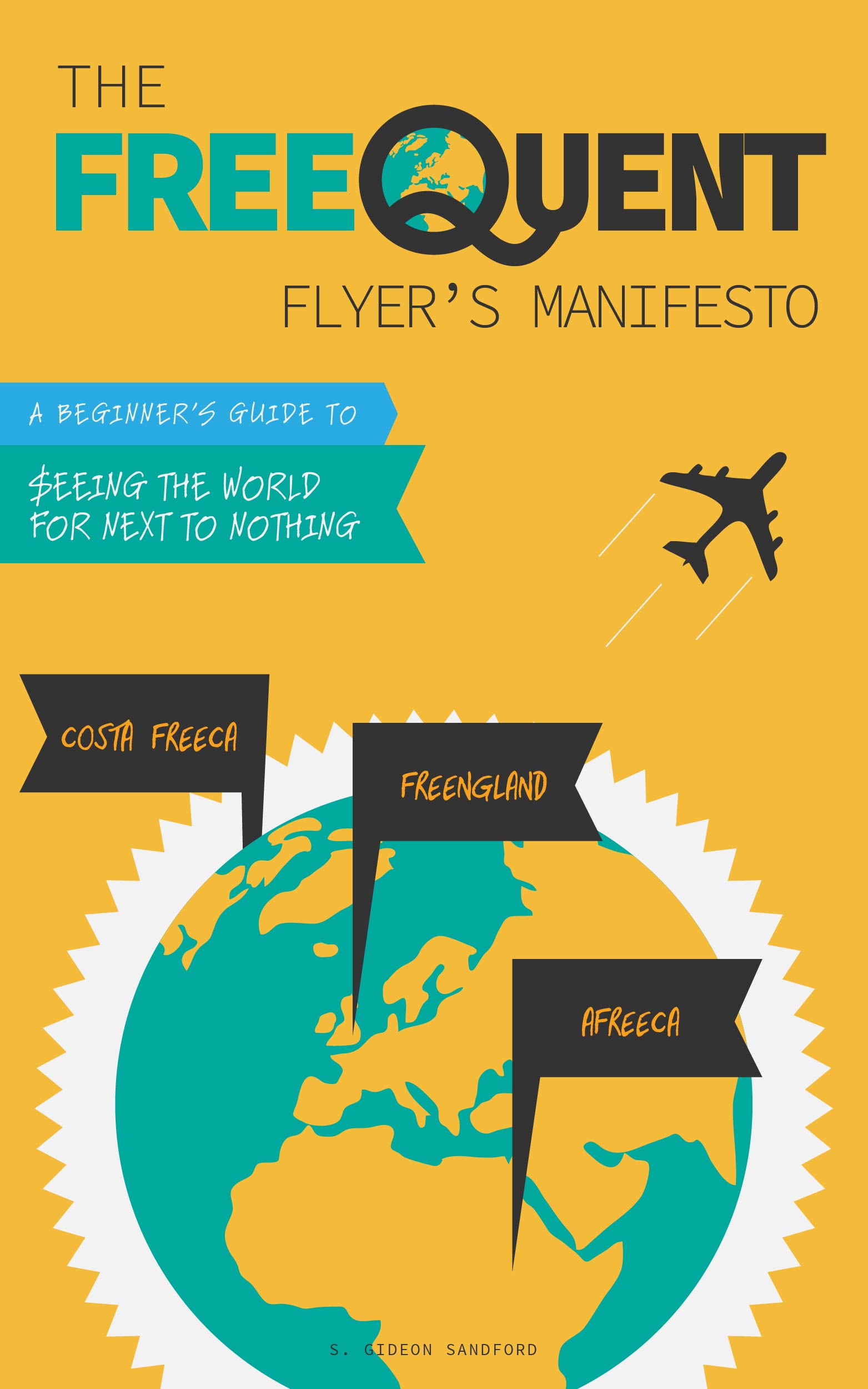Let's go rail running!
/Earlier this year, Frequent Miler wrote about the possibility of achieving Amtrak elite status through "rail running:" boarding trains for the sole purpose of earning enough Tier Qualifying Points with Amtrak Guest Rewards to achieve "Select" status, which allows the transfer of up to 50,000 Amtrak Guest Rewards points to their hotel partners, Choice Privileges and Hilton HHonors.
Being based in Ann Arbor, Frequent Miler couldn't make the numbers work out for himself, but after writing about Choice Hotels a few times recently, I wondered under what circumstances rail running could make sense.
Making rail running work
Here are the basics of rail running for Amtrak elite status:
- 5,000 Tier Qualifying Points are required to earn Amtrak Guest Rewards Select status;
- 2 Tier Qualifying Points are earned per dollar spent on Amtrak fares, except;
- each one-way trip earns a minimum of 100 Tier Qualifying Points, but;
- a maximum of 4 one-way trips per calendar day are eligible for the 100-Tier-Qualifying-Point minimum.
The ideal rail run, then, is two one-way tickets in one direction, followed immediately by two one-way tickets back to your starting location. That means you need to find three stations which are close to each other in one direction and a train schedule that keeps you from having to wait very long at the second station you arrive at.
Do such stations and such a schedule, along with cheap enough prices to justify rail running, exist?
A few promising station constellations
There are a number of promising station constellations (three stations closely packed together) on the Pacific Surfliner route in California. Here's one:
- Oceanside, CA (OSD) — Carlsbad, CA - Village (CBV) — Carlsbad, CA - Poinsettia (POI)
Tickets for each leg cost $8.10 for AAA members on the random December day I checked, for a total cost of Select status of $405. Unfortunately the schedule doesn't allow for an immediate turn in either direction (although if you go northbound POI-CBV-OSD and then turn around you may be able to rely on the southbound train being delayed as it nears the end of its route — it only has to be delayed 6 minutes for you to make the connection).
Another candidate on the same Pacific Surfliner route is SNA-ANA-FUL, at the same price.
Down South, the City of New Orleans has a slightly longer, but cheaper option:
- Hazlehurst, MS (HAZ) — Brookhaven, MS (BRH) — McComb, MS (MCB)
AAA tickets on the same random December day cost $4.95 and $7.20, for a roundtrip cost of $24.30, or $303.75 for Amtrak Select status. Same-day turns only work starting Southbound, which would give you a leisurely 3 hour lunch in McComb, Mississippi.
Here's an easy one for our brothers in Philadelphia on the Keystone Service:
- Philadelphia, PA (PHL) — Ardmore, PA (ARD) — Paoli, PA (PAO)
Each leg costs $5.85 for AAA members, for a roundtrip cost of $23.40 and $292.50 for Amtrak Guest Rewards Select elite status. Best of all, the train operates frequently enough that you should be able to put together an easy same-day turn, for example departing Philadelphia at 4:45 PM and returning to Philadelphia at 6:25 PM.
Amtrak Guest Rewards points are valuable!
So far I haven't mentioned the fact that during the course of all this rail running, you'll also be earning redeemable Amtrak Guest Rewards points! At least 5,000 of them, in fact.
And since the point of this operation is to transfer your Amtrak Guest Rewards points to Choice Privileges, you have to assign those redeemable points at least $50 in value, since that's the cash value of the Ultimate Rewards points you'll save. In other words, to max out your annual 50,000 in Amtrak Guest Rewards points transfers to Choice Privileges, you only have to transfer 45,000 Ultimate Rewards points to Amtrak.
If you are thinking about rail running, wait until Amtrak runs a promotion
Amtrak periodically offers double points on paid travel, their so-called "Double Days" promotions. The last Double Days promotion ran from March 16 to May 16, 2015. If you wait until the next one, you'll be able to score even more redeemable points, saving yourself the corresponding number of Ultimate Rewards points when the time comes to transfer them into your Amtrak Guest Rewards account.
Conclusion
Researching this post was a lot of fun, but I fully understand most of my readers are not actually going to go rail running in order to achieve Amtrak elite status. Nonetheless, I think it's an idea that's more defensible than it appears at first blush, especially if you have your heart set on one of Choice Privileges' Preferred Hotels & Resorts.
If you decide to go rail running, remember: you need to book two one-ways in each direction to earn the maximum of 400 Tier Qualifying Points each day, and the goal of the game is finding the cheapest trips and shortest turnaround times possible!


